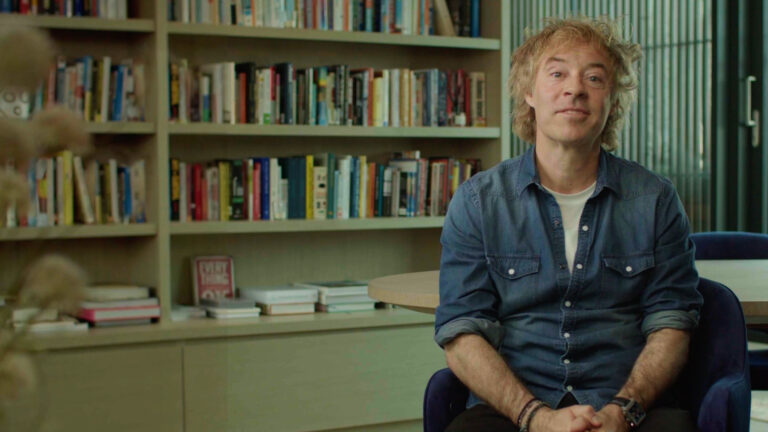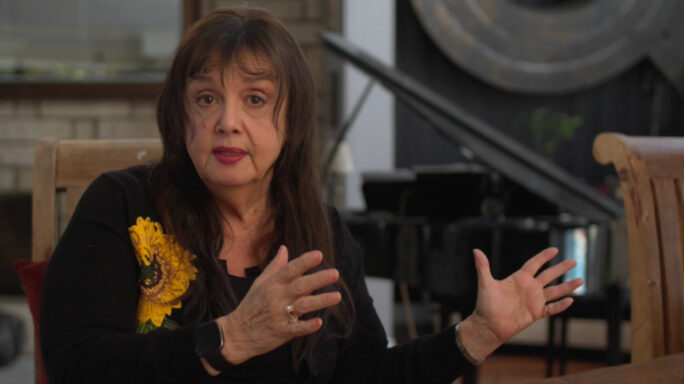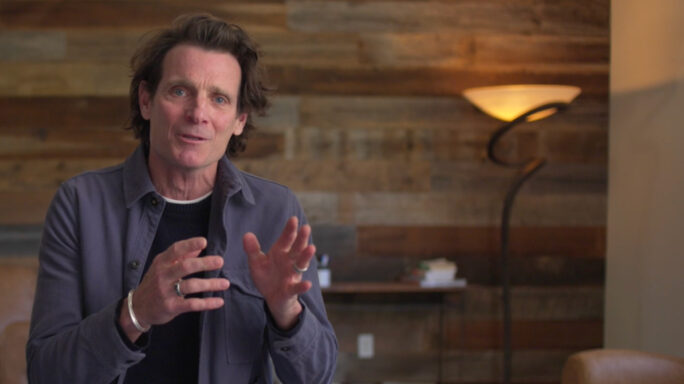Season 1: Finding and keeping great people
How to retain talent and work together

When you put the well-being and development of your people at the heart of your business, you’ll soon see the benefits. People will feel a greater connection to your company and want to stay. And a unified team can achieve great things together.
Teams driven by shared values and united by a strong sense of community and inclusivity are a powerful force in business. They can make a difference in the world. But those teams aren’t formed overnight. It takes dedication, investment, and time. It takes people knowing that they belong and that they’ve got something valuable to offer. And when people feel that, they want to stay for the ride.
There are so many useful tools available to help ensure people commit to your business. I’m going to share a few ideas to help you design a framework. Have faith, the work you do here will pay dividends. Over time, your people will repay your belief and investment ten-fold.
Stay true
Staying true means maintaining your authentic self. People join a company because they care about its mission, vision and values, and they want to help achieve these goals. So, stay true to these principles.
You want employees to turn up on time, be productive and inject positivity. To achieve that, you have to take responsibility for your actions in the workplace. I like to create tangible metrics around our mission, vision and values. Then I make sure they get publicised, that they’re promotable, and that we hold ourselves accountable.
Stay connected
How do we stay connected? It comes from building a culture of cohesion, a culture of collaboration, and a culture of community. It’s about intentionally putting processes forward in the workplace to bring people together. It’s about thanking people for their input, and knowing that formal recognition and rewards go a long way. So celebrate your successes. Highlight individual contributions.
Internal events are a great way to build community. At TRU Colors, we have a monthly communal lunch. It’s a company-wide initiative designed to spark conversations between people from different departments. It’s great to see new friendships form, and to listen to new ideas. And of course, these events bring to life your company values like unity and community.
Stay moved
Think about how you welcome people into your company and company culture. This starts with your onboarding. We offer an eight-week programme of life skills, social skills, and business skills. But the real power of the programme is that those enrolled in it aren’t alone. Not only do they get to know about the brand, the product, and processes, but they get to know each other.
Your onboarding programme should be powerful, educational, inclusive, and impactful.
Khalilah Olokunola
It should express who you are as a company. It should show people how they can fit in from day one, then give them the tools to help them stay.
Stay put
From onboarding, we move to a process we call “in-boarding”. This is how you transition your employee to the next phase. Many will be struggling with new systems and processes, or finding their place within their team, so support them through this time.
Then, you need to “keep-boarding”. This is about helping people to stay on track, and giving them opportunities to grow and develop. Pulse surveys, performance reviews, and personal and professional development plans are great tools for you to implement here.
Pulse surveys are highly effective as everything is done anonymously, so people are far more likely to be honest and tell you what they really think. Armed with these findings, you can adapt existing programmes, for example, so they become more meaningful and successful. These surveys give your people a voice. Listen to them. When your employees become part of the solution, it makes them feel valued and empowered. It strengthens community and connectivity.
Retaining talent is hard; it’s natural for people to want to seek new challenges in their careers. But finding new talent is even harder. The truth is that people stay where they feel valued and cared for; where there are new opportunities. As an employer, that responsibility is in your hands. It starts at the organisational level. It starts with you.





Leave a comment